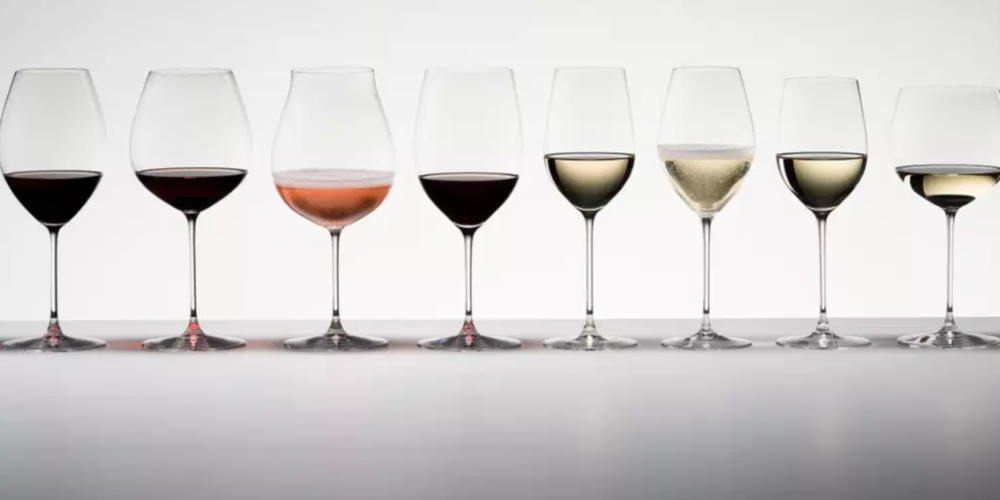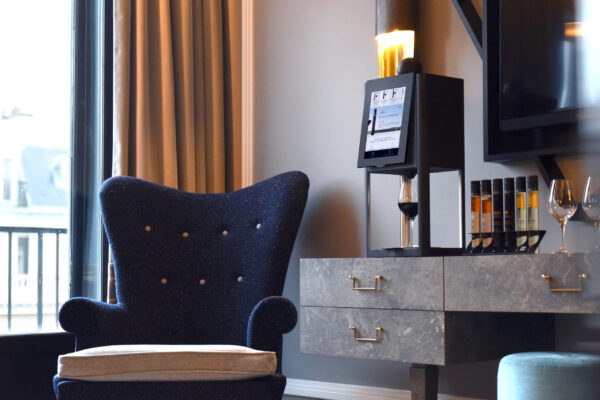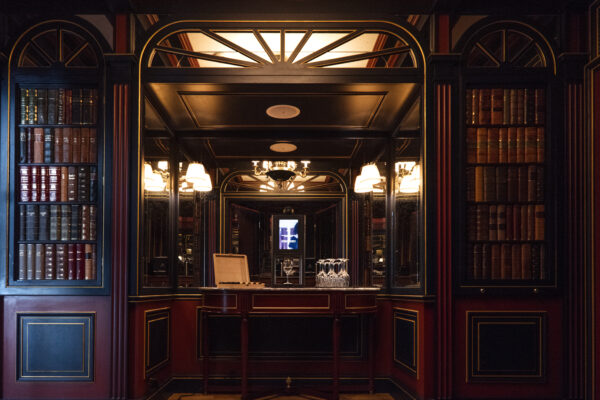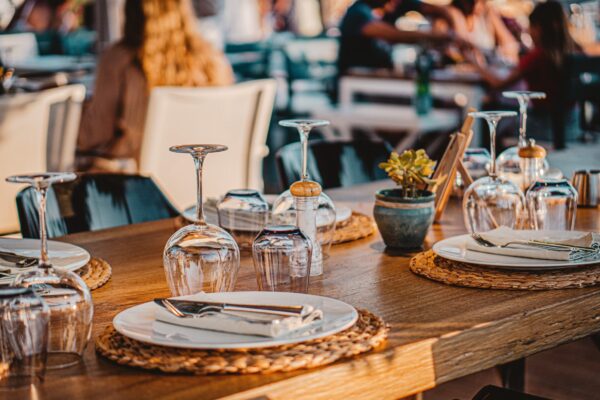For a successful tasting and to see a wine in its proper light, there are a number of essential service conditions to respect. While aeration and the right service temperature are the first steps to a great glass of wine, the choice of glass is also a significant aspect to consider. A wine should be drunk in a glass that suits and enhances it. So what rules should you follow and which glass should you choose? Here we tell you everything you need to know…
The glass is the taster’s interface with the wine
Although a glass won’t fundamentally alter a wine, it can impact the taster’s impressions of it. A wine’s aromas and flavours and its balance are indeed affected by the shape of the glass. A good choice of glass can particularly enhance the harmony of a wine and highlight its qualities. On the flipside, a wine’s qualities and characteristics can be subdued by an unsuitable glass.
So how do you choose the perfect wine glass?
Before considering the shape of the glass, it is important to consider the type of glass itself. Crystal glass is the most noble material when it comes to wine. The advantage of crystal is the thinness of the rim and the clarity offered by the bowl of the glass.
To choose the right glass for a wine and to bring out the complexity of its aromas, there are three important variables to be aware of: the size and shape of the bowl and the diameter of the rim.
The size and shape of the bowl will have an effect on the aeration of the wine. These aspects will be determining for the development of the wine and depending on whether the bowl is round, curved, straight or angled, a wine will react differently at tasting. The larger the bowl of the glass, the greater the area of wine in contact with air and the faster the wine’s oxidation.
Finally, the diameter of the rim will have a direct impact on the how the wine spreads across the palate. Since each area of your tongue corresponds to a primary flavour, the diameter of rim you choose will help to direct the wine to the centre or the sides of the tongue.
A shape of glass for every grape variety
The choice of shape of glass is therefore not without significance in wine tasting. And although there is no such thing as the perfect glass, similarities between wines of the same grape variety make it possible to match certain glass shapes to certain varieties. The first to pinpoint this subtle notion and develop special types of glasses was Claus Josef Riedel. In the late 1950s, Riedel developed and marketed the first grape varietal specific wine glasses. He believed that a glass designed to suit a grape variety helped the wine to express its aromas and flavours fully.



